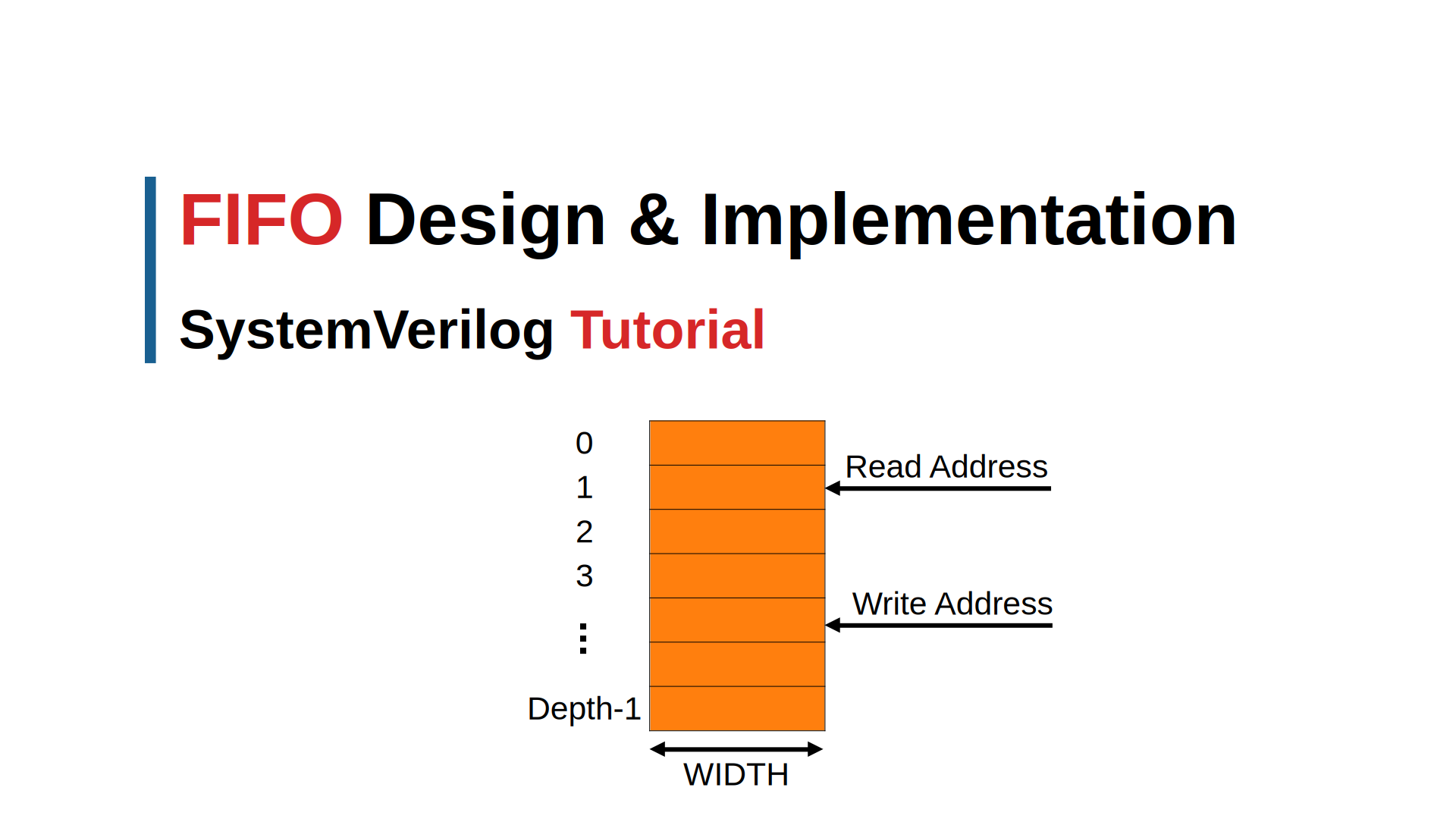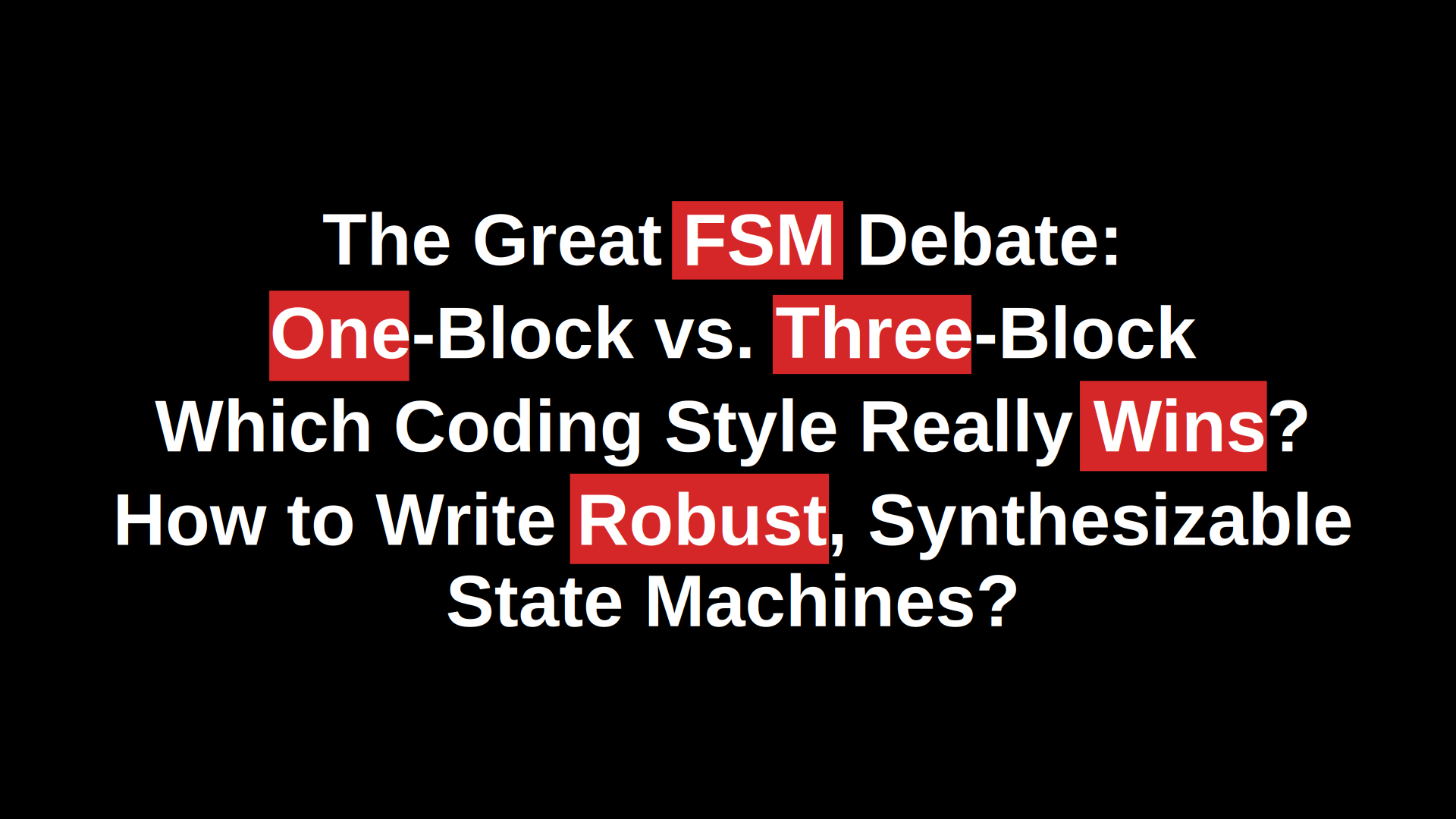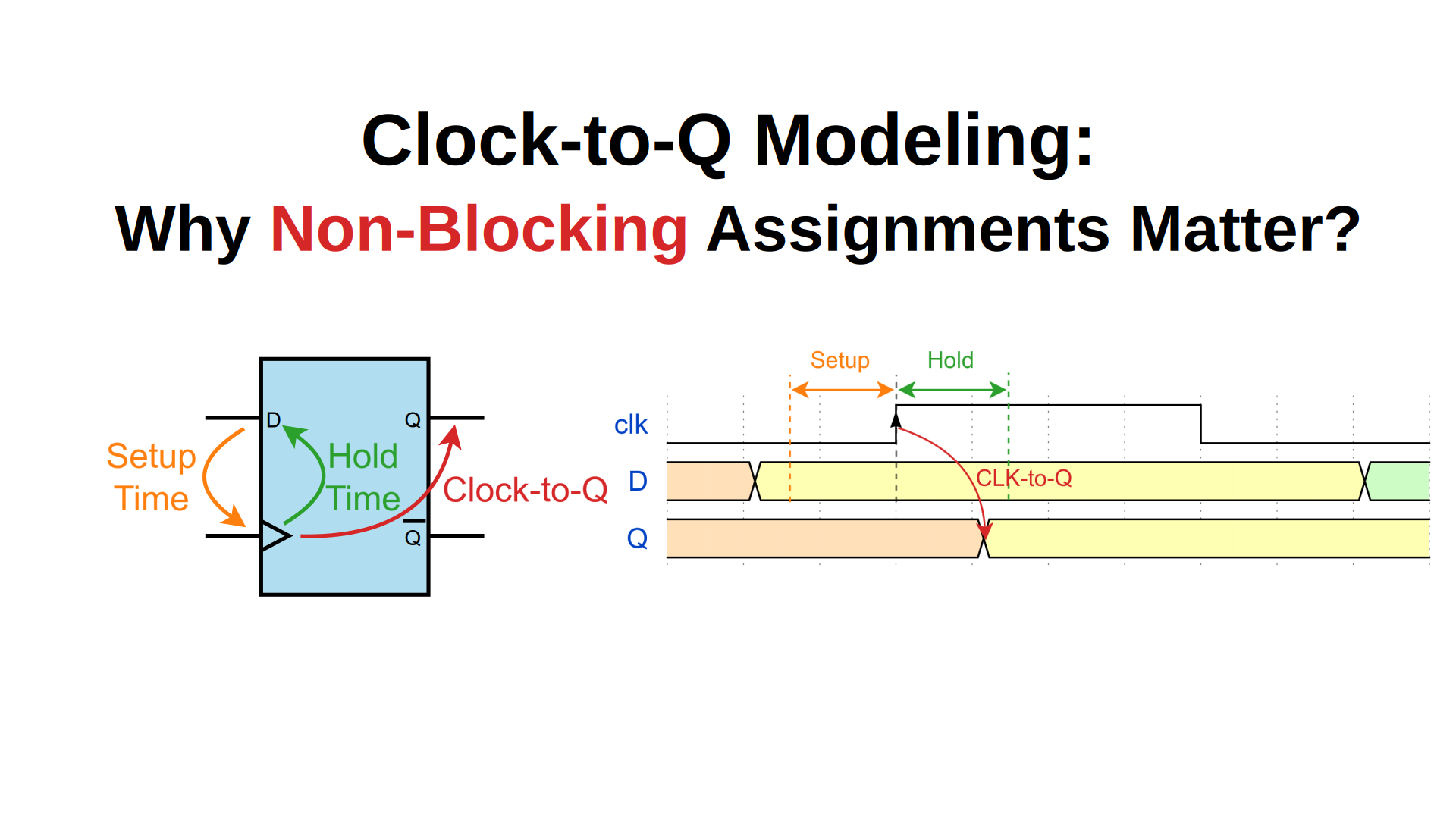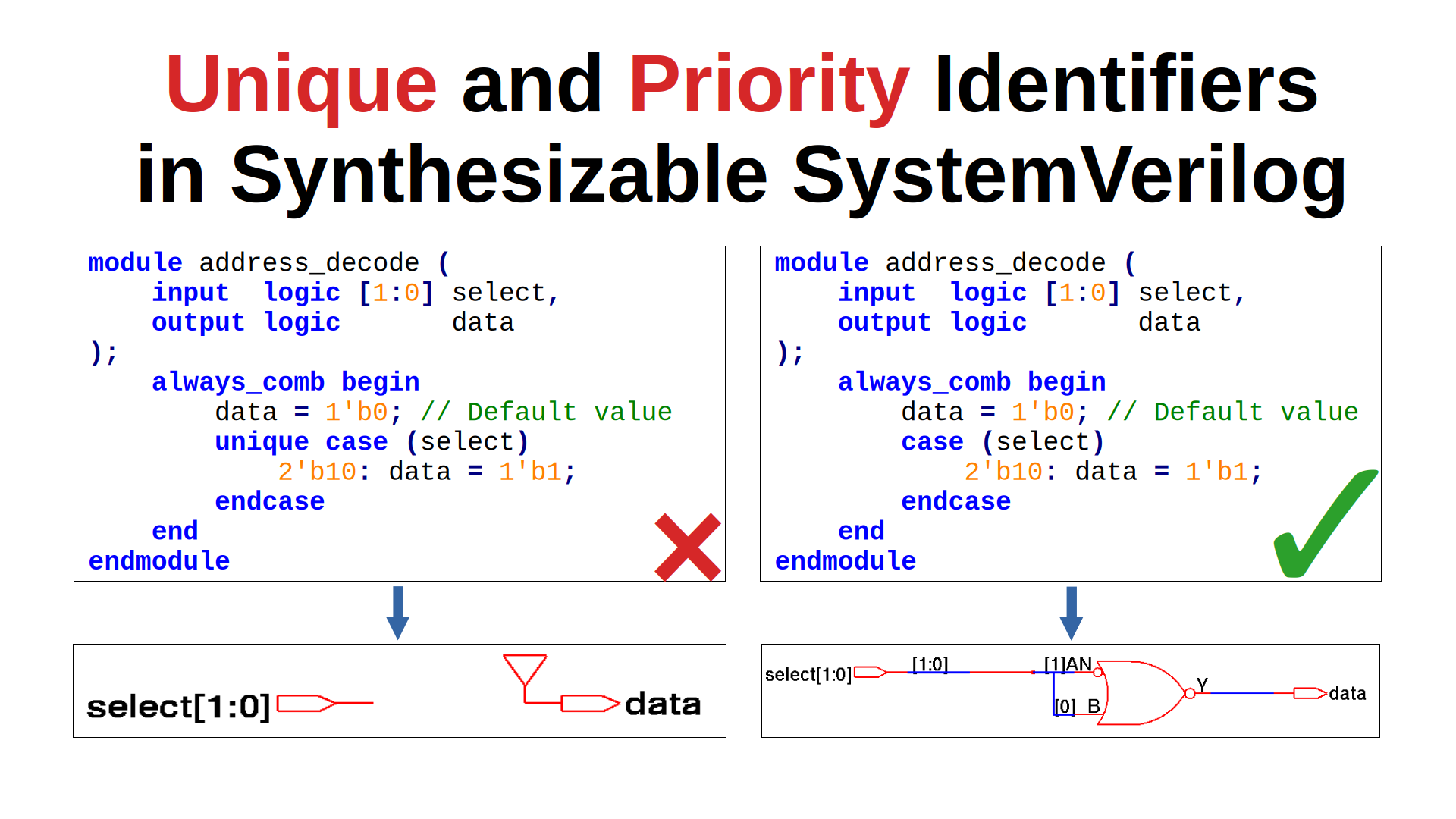SV6. X Value Bugs in Digital Circuit Design (FPGA/ASIC)
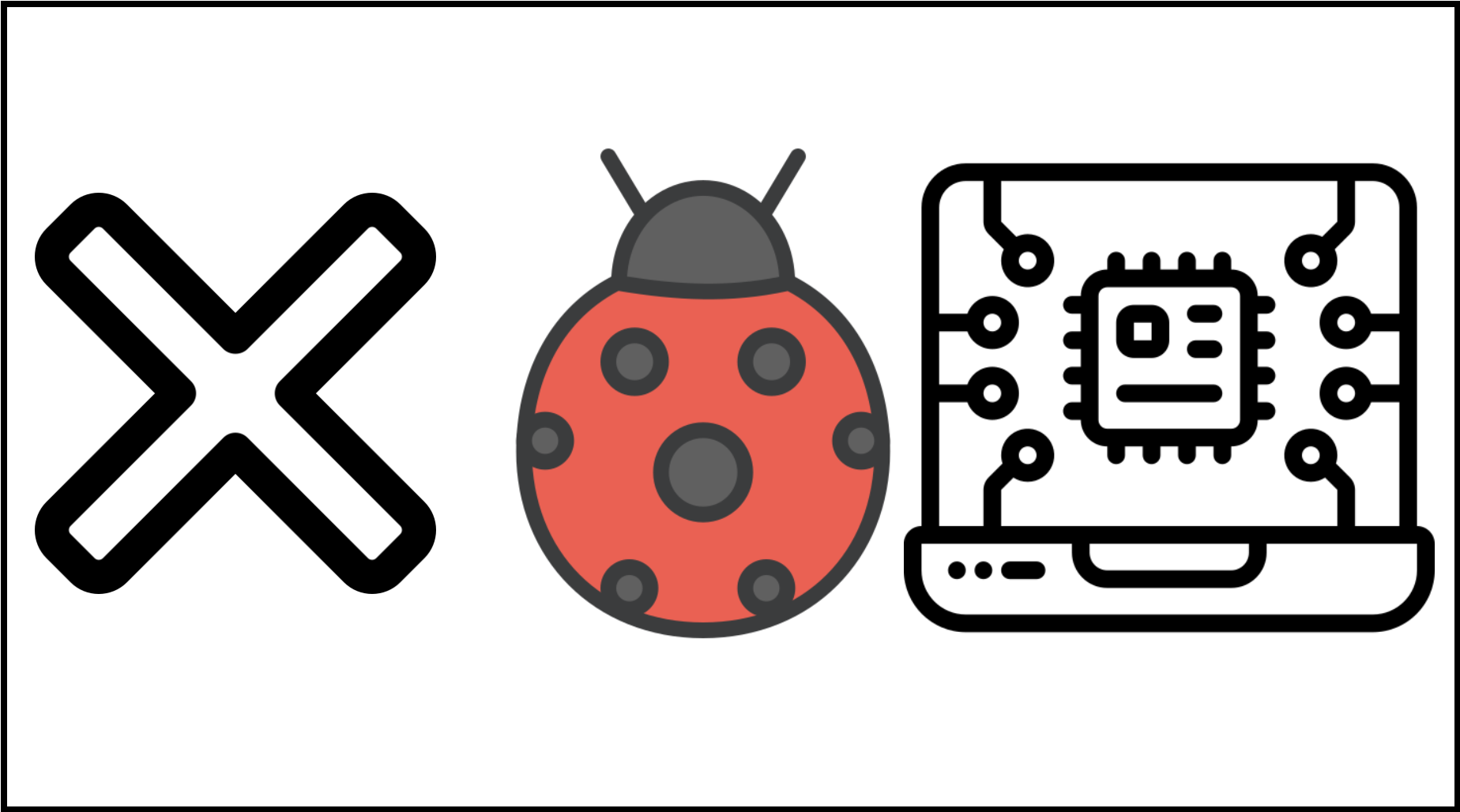
Video Tutorial
Watch this comprehensive video explanation of X Value Bugs:
Understanding ‘X’ Values in Digital Design
X can represent an uninitialized state, uncertainty, or a conflict in multiple driver situations. The X value does not physically exist in real hardware:
- Simulation tools interpret
Xas unknown logic. - Synthesis tools interpret
Xas a don’t care value.
Note:
Xcan indicate several types of bugs that might cause issues in your actual hardware. Below are key scenarios where ‘X’ values often point to design problems:
1. Uninitialized Registers
Without proper initialization, registers maintain an ‘X’ value in simulation. In real hardware, these registers will power up to unpredictable values, causing inconsistent behavior:
always_ff @(posedge clk) begin
if (enable)
q <= d;
// Missing else clause and no reset logic
end
Or:
always_ff @(posedge clk) begin
if (reset)
counter <= 4'b0000;
else if (enable)
counter <= counter + 1;
// Missing else clause can create X during simulation
end
2. Incomplete Case Statements
When sel is 2'b11, out becomes ‘X’ in simulation, showing a potentially latched signal or unintended behavior in hardware:
always_comb begin
case(sel)
2'b00: out = a;
2'b01: out = b;
2'b10: out = c;
// Missing 2'b11 case
endcase
end
3. Cross-Clock Domain Issues
When signals cross between clock domains without proper synchronization, metastability can occur, appearing as ‘X’ values in simulation:
// Clock domain A
logic signal_a;
// Clock domain B (no synchronizer)
always_ff @(posedge clk_b)
captured_signal <= signal_a; // Potential metastability = X
4. Signal Conflicts (Multiple Drivers)
When both conditions are true simultaneously, the bus has multiple drivers causing an ‘X’ state (Nets can have multiple drivers. Variables do not support multiple-driver.):
assign bus = condition ? value1 : 1'bz;
// Some code
assign bus = other_condition ? value2 : 1'bz;
5. Out-of-Range Array Indexing
This returns ‘X’ in simulation but might access invalid memory in hardware:
logic [7:0] memory [0:15];
logic [4:0] address; // Can address beyond valid range (0-15)
logic [7:0] data = memory[address]; // X when address > 15
6. Incomplete Conditional Assignments
If neither condition is met, output_signal keeps its previous value, potentially becoming ‘X’:
always_comb begin
if (condition1)
output_signal = value1;
else if (condition2)
output_signal = value2;
// Missing final else clause
end
7. X-Optimism in Simulation vs. Reality
Simulators may handle ‘X’ values differently than actual hardware. In real hardware, an ‘X’ becomes either ‘0’ or ‘1’, potentially masking issues seen in simulation:
if (control_signal === 1'bx)
result = safe_value; // X-pessimism protection
else
result = control_signal ? value1 : value2;

